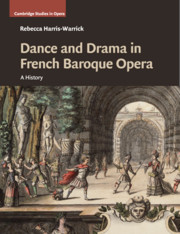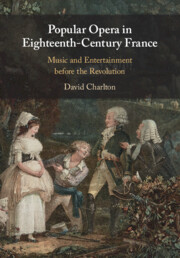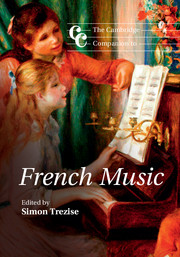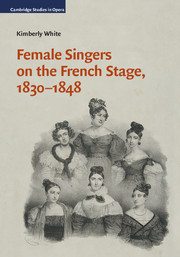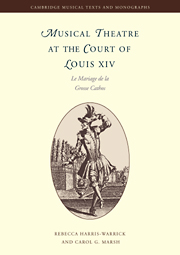Dance and Drama in French Baroque Opera
Since its inception, French opera has embraced dance, yet all too often operatic dancing is treated as mere decoration. Dance and Drama in French Baroque Opera exposes the multiple and meaningful roles that dance has played, starting from Jean-Baptiste Lully's first opera in 1672. It counters prevailing notions in operatic historiography that dance was parenthetical and presents compelling evidence that the divertissement - present in every act of every opera - is essential to understanding the work. The book considers the operas of Lully - his lighter works as well as his tragedies - and the 46-year period between the death of Lully and the arrival of Rameau, when influences from the commedia dell'arte and other theatres began to inflect French operatic practices. It explores the intersections of musical, textual, choreographic and staging practices at a complex institution - the Académie Royale de Musique - which upheld as a fundamental aesthetic principle the integration of dance into opera.
- Proposes a new view of the role of dance in French opera of the seventeenth and early eighteenth centuries
- Considers the operas of Lully and his successors from a variety of perspectives and demonstrates connections between theatrical practices at the lofty Paris Opera and the low-brow theaters in Paris
- Readers will gain a richer understanding of Parisian theatrical life that integrates discussions of music, dance and theatrical structure in clear language
- Provides resources that amplify the discussions in the text, including numerous illustrations, music examples and tables
Reviews & endorsements
'An indispensable resource for those reconstructing this repertoire for the stage, Harris-Warrick’s book also offers much of interest to scholars in many subspecialties of early modern European history who are willing to do the work of connecting her impressive study to the world beyond the stage.' Chantal Frankenbach, Notes
'Harris-Warrick, a leading scholar of the music of the French baroque, demonstrates an encyclopaedic command of the vast repertoire of the Académie Royale de Musique, drawing on the libretti and scores of well over 100 operas and related genres, including the opéra-ballet, the pastorale héroïque and the little-studied genre of ‘fragments’. … Dance and Drama in French Baroque Opera: A History constitutes a seminal contribution to the field of scholarship in French baroque opera and dance. More than a history, this is a handbook for scholars and performers alike in comprehending the complex thought and dynamic visions that informed seventeenth- and eighteenth-century French opera.' Natasha Roule, Cambridge Opera Journal
Product details
January 2019Paperback
9781316502785
504 pages
245 × 190 × 28 mm
0.99kg
40 b/w illus. 56 music examples
Available
Table of Contents
- Introduction
- Part I. Lully:
- 1. The dramaturgy of Lully's divertissements
- 2. Constructing the divertissement
- 3. Dance foundations
- 4. Dance practices on stage
- 5. Prologues
- 6. The lighter side of Lully
- Part II. The Rival Muses in the Age of Campra:
- 7. The muses take the stage
- 8. Thalie, muse of comedy
- 9. Thalie visits the fairs
- 10. The contested comic
- 11. Melpomène, muse of tragedy
- 12. Melpomène adapts
- 13. Terpsichore, muse of the dance
- 14. In the traces of Terpsichore
- Epilogue
- Appendix 1. Works performed at the Académie Royale de Musique, 1695–1732, in which the impact of the comédie italienne can be seen
- Appendix 2. A partial list of performances consisting of 'fragments', 1702–32
- Appendix 3. The choreographies danced at the Opéra contextualized.

